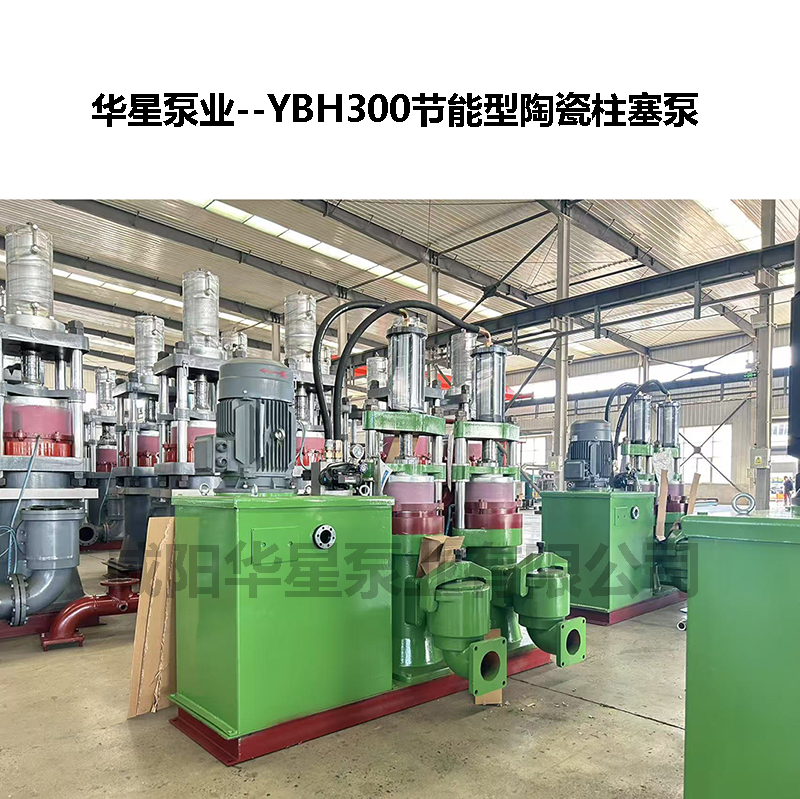To determine whether the seal of the hydraulic ceramic plunger
pump needs to be replaced, it is necessary to comprehensively judge based on the
wear and aging characteristics of the seal and the operating performance of the
pump. Seals (such as O-rings, combination seals, guide rings, etc.) are key
components that prevent medium leakage and hydraulic oil leakage. Their failure
can lead to decreased efficiency, environmental pollution, and even damage to
other components (such as ceramic plungers). The following is the specific
method of judgment:

1、 Direct observation and judgment through
appearance
When regularly disassembling and inspecting seals, the
following appearance features can be used to determine whether they have
failed:
Signs of aging
The surface of the seal appears hardened, cracked, and brittle
(with no elasticity when pressed with fingers or easily broken by gentle
pulling), commonly found in seals that have been in long-term contact with
high-temperature media or hydraulic oil.
Surface softening and swelling (significant increase in
volume, loss of original shape) are often caused by incompatibility between the
sealing material and the medium/hydraulic oil (such as contact between nitrile
rubber and gasoline, ketone solvents).
Wear and damage
Scratches, notches, and burrs on the lip or contact surface of
the seal may be due to the uneven surface of the ceramic plunger (with fine
impurities attached), scratches during installation, or wear of the guide sleeve
causing the plunger to rub against the seal.
Uneven wear of the cross-section (thinning on one side and
normal on the other) is usually caused by a deviation in the coaxiality between
the plunger and the seal, or uneven stress on the seal due to the tilted
installation of the pump body.
Deformation and crushing
The seal may be "compressed" or permanently deformed (such as
the O-ring section changing from circular to flat), which may be due to the bolt
being too tight during installation (exceeding the specified torque), or the
sealing groove size not matching.
2、 Judging by abnormal performance during runtime
Even without disassembly, seal failure can be indirectly
determined by the operating status of the pump, with common manifestations as
follows:
Leakage phenomenon
Medium leakage: If there is dripping or leakage at the sealing
part where the plunger contacts the pump head (visible water droplets when
conveying clean water, and discoloration marks may accompany when conveying
corrosive media), it indicates that the main seal (such as the plunger seal) has
failed.
Hydraulic oil leakage: There are oil stains at the sealing
point between the hydraulic cylinder and the plunger, or hydraulic oil droplets
at the bottom of the pump body, which are mostly caused by damage to the
cylinder seals (such as piston seals and dust seals).
Abnormal pressure and flow rate
The export pressure continues to decrease and cannot reach the
set value. After ruling out the possibility of inlet blockage, it may be due to
seal leakage causing pressure loss.
Flow instability or attenuation, especially under high
pressure conditions, is more pronounced due to ineffective sealing of the seals,
resulting in medium backflow.
Abnormal noise or temperature rise
After the seal wears out, the friction between the plunger and
the seal increases, which may produce a "squeaking" friction sound.
If the hydraulic oil seal fails, oil leakage will cause the
system to lack oil, insufficient lubrication in the pump, and abnormal oil
temperature rise (over 70 ℃).
3、 Determine based on usage environment and cycle
Even if there are no obvious signs of failure, it is necessary
to replace it in advance according to the working conditions:
Adverse environment
Transporting corrosive media (such as acidic and alkaline
solutions): Seals are prone to corrosion, and it is recommended to inspect them
monthly and replace them every 2-3 months (even if the appearance is
intact).
Medium containing particles (such as slurry, mud): Particles
will accelerate the wear of seals, and replacement is mandatory every 1-2
months.
High temperature environment (medium or ambient temperature ≥
60 ℃): The aging rate of seals is accelerated, and the replacement cycle is
shortened by 50% (such as the conventional cycle of 6 months and the replacement
cycle of 3 months under high temperature).
Normal operating conditions
Transport clean, room temperature media (such as water,
lubricating oil): It is recommended to check every 6 months and replace them
once a year to avoid sudden failure due to aging.
4、 Precautions for replacing seals
When replacing, it is necessary to choose materials that are
compatible with the medium (such as fluororubber acid and alkali resistant,
nitrile rubber oil resistant, polyurethane wear-resistant) to avoid rapid
failure caused by incorrect material selection.
Before installation, lubricate the seals with clean hydraulic
oil or medium (avoid using engine oil as it may react with the medium), and
ensure that the plunger surface is free of scratches and impurities to prevent
damage to the new seals during installation.
When tightening bolts, use a torque wrench and operate
according to the specified torque (refer to the equipment manual). If it is too
loose, it will leak, and if it is too tight, it will crush the seal.
By using the above methods, it is possible to promptly
determine whether the seal has failed, avoiding more serious faults such as
medium leakage and pump body wear caused by delayed replacement, while extending
the life of core components such as ceramic plungers.

